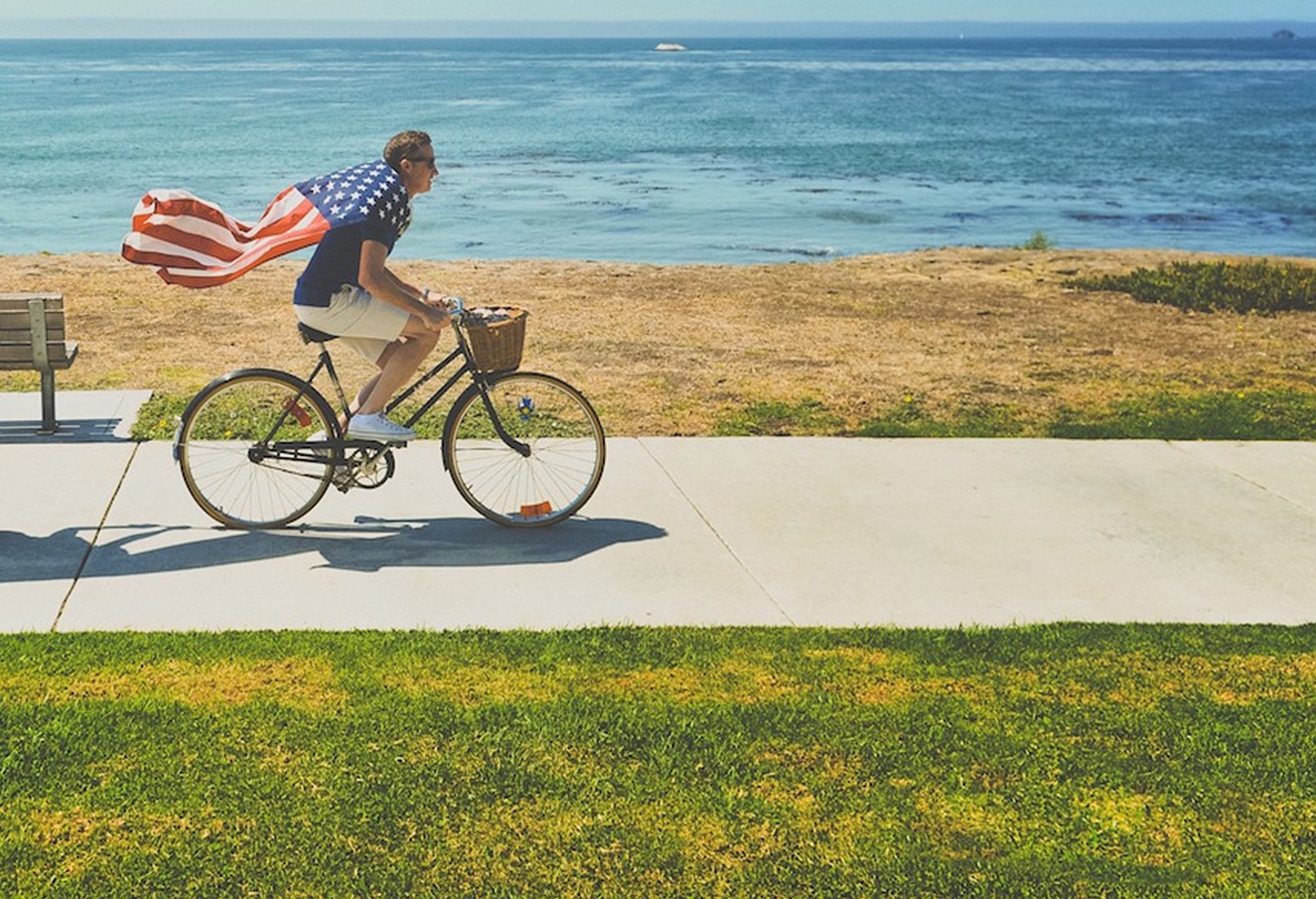Ecommerce promotions are an opportunity to boost your brand and rake in revenue fast. But it’s not as easy as sending an email and slapping a promo code on your site.
If you want to scale your ecommerce business through promotions and sales, you need to have a plan in place.
Here are five essential steps for planning a foolproof ecommerce promotion.
Step 1: Create Your Promotion Schedule
First things first: you need a promotion date. Sit down with your marketing team and plan out your promotions at least a quarter in advance.
Don’t assume you can only run promos during major holidays – we recommend running three to four promotions of varying lengths per month. When planning your promotion calendar, think about ways you can capitalize on unique or different holidays. This list of unusual national holidays offers plenty of inspiration.
Check out these four unique ecommerce promotion ideas you can use today.
Tip: Have all your promo assets finished two to three weeks before the sale starts. This gives you plenty of time to complete a thorough quality assurance (QA) process and make tweaks if necessary. If you’re scrambling to finish design components at the last minute, mistakes are more likely to slip by.
Step 2: Design Your Emails
Email is an essential tactic for informing customers about your promotion. Make sure you check off all these boxes when preparing your emails:
Decide what list you want to send promo emails to. In general, you won’t want to send to people who have purchased from you in the last 30 days. Recent buyers might get upset that they missed a promo and won’t make another purchase.
Determine your email frequency. How many emails you send depends on the type and length of your sale.
During a major national holiday like Memorial Day or Christmas, it’s appropriate to send more frequent emails. During a flash sale that lasts 48 hours, one email per day will suffice.
How many promotions emails you send also depends on how you’ve primed your list. If you normally send two emails daily, you can continue that pace during promos. But if you typically only send three emails per week, don’t start blasting your customers during a sale or you’ll risk people unsubscribing.
Decide what time of day you’ll send emails. Open rates tend to be higher in the morning. Test emails at different times of day to see what generates the highest open rate among your contacts.
Make your emails mobile-friendly. Mobile is the most popular environment for email opens. Include a clear CTA that is big enough to click. Use a single-column template so your content is easy to scroll through.
Write a compelling subject line. Put the discount amount in either the subject line or the preview text so it’s visible to readers. On the last day of the promo, including language like “last chance” or “final hour” in the subject line will create a sense of urgency and increase opens.
Step 3: Place Website Banners
Not all promo traffic comes from email. Placing banners on your site will let organic and direct visitors know there’s a sale going on.
Place banners in the following areas on your site:
- Homepage
- Category pages
- Product pages
You can also advertise the sale in your top bar for global reach. It’s an easy way to ensure your promotion shows up on pages where you don’t have banners. Make sure to include the discount amount, sale end date and promo code.
Step 4: Create Facebook Ads
Customers need multiple touch points before they make a purchase. Run Facebook ads during your promo to convert more prospects.
If you sell a specific product that only appeals to certain segments of people, use retargeting ads. Retargeting lets you advertise to people who have visited your site before. This low-hanging fruit will produce a higher conversion rate than ads targeting a general audience.
Related content: Facebook Marketing Tips for Retargeting Website Visitors
Make sure ad images contain less than 20 percent text. Facebook ads with too much image text won’t appear as frequently.
Test at least four different ads per promo. Over time, you can identify what ads perform better for your audience and tweak your strategy to generate more conversions. Test a variety of ad styles, including:
- Longer copy vs. shorter copy
- Lifestyle images vs. product images
- Showing the discount on the image vs. writing it in the copy
No matter what you’re selling, your potential customers are probably hanging out on Facebook. Facebook ads play a major role in generating ecommerce promotion revenue.
Step 5: Schedule Social Media Posts
Schedule one post per day on each social channel. Use a tool like Hootsuite or HubSpot to plan out social posts in advance.
Design different graphics for each day to prevent posts from becoming repetitive.
Planning a Successful Ecommerce Promotion
An ecommerce promotion is a great opportunity to get more traffic to your site and sell large quantities of inventory quickly. But planning a promotion requires expert planning and collaboration across your team. One missed detail can result in lost revenue potential and less than desirable results.
At Human Marketing, we work closely with our ecommerce clients to plan promotions that maximize ROI and drive conversions.
Don’t miss any opportunities in your ecommerce promotion efforts. Talk to us today about how we can help you elevate your ecommerce business.



